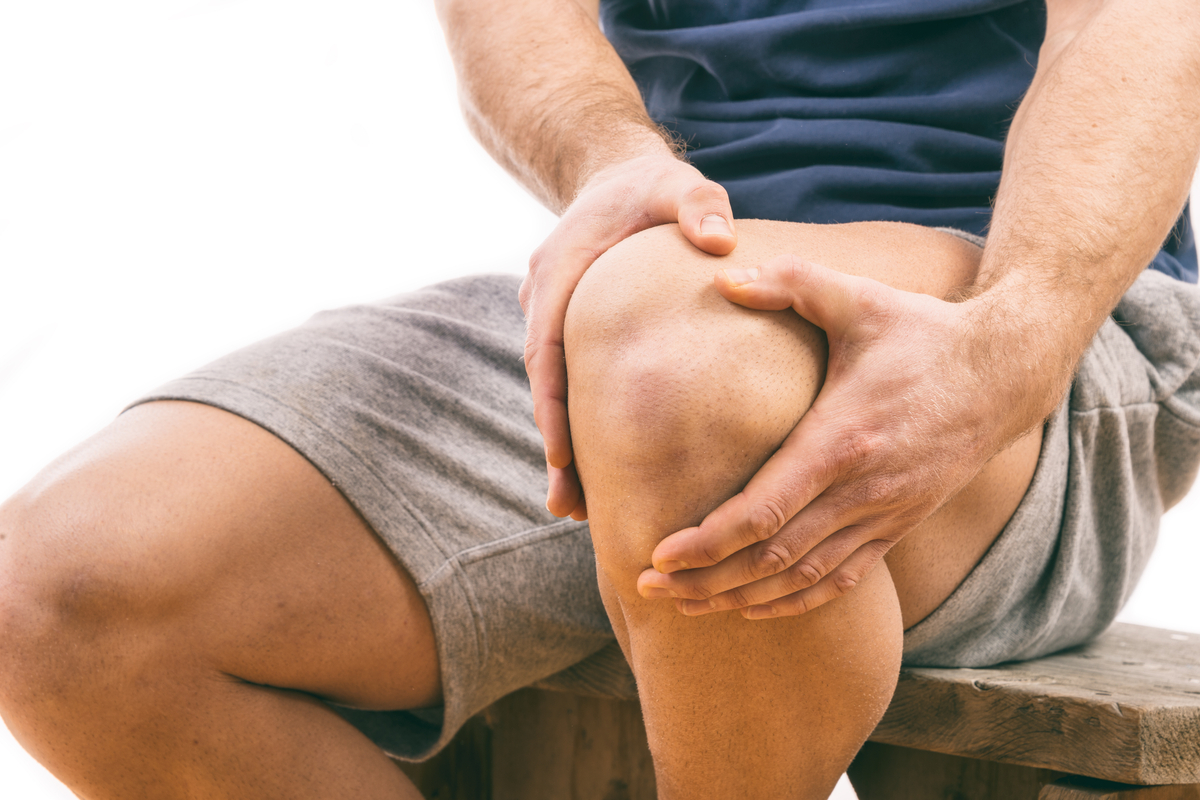Kneecap: Problems & Treatments
What problems affect the kneecap?
Several problems can affect the kneecap (patella), leading to pain and dysfunction. Some common issues include:
- Patellar Fracture: A patellar fracture is a break in the kneecap, often caused by a direct blow or fall onto the knee. It can cause severe pain, swelling, and difficulty straightening the knee.
- Patellar Dislocation: Patellar dislocation occurs when the kneecap is forced out of its normal position, usually towards the outside of the knee. This can cause pain, swelling, and instability in the knee.
- Patellar Tendonitis: Patellar tendonitis, also known as jumper’s knee, is inflammation of the patellar tendon, which connects the kneecap to the shinbone. It can cause pain and tenderness in the front of the knee, especially with activities that involve jumping or running.
- Patellofemoral Pain Syndrome (PFPS): PFPS, also known as runner’s knee, is a common cause of knee pain, especially in young athletes. It is caused by abnormal tracking of the kneecap over the femur (thigh bone), leading to pain and stiffness in the front of the knee.
- Chondromalacia Patellae: Chondromalacia patellae is a condition in which the cartilage on the underside of the kneecap softens and deteriorates, leading to pain, swelling, and a grating or grinding sensation in the knee.
- Patellar Tendon Rupture: A patellar tendon rupture is a tear in the tendon that connects the kneecap to the shinbone. It can cause severe pain, swelling, and an inability to straighten the knee.
- Patellar Bursitis: Patellar bursitis is inflammation of the bursa (fluid-filled sac) located between the patellar tendon and the skin. It can cause pain, swelling, and tenderness in the front of the knee.
These are just a few of the problems that can affect the kneecap. Treatment for kneecap problems depends on the underlying cause and may include rest, ice, physical therapy, medications, or in some cases, surgery. It’s important to see a healthcare provider for a proper diagnosis and treatment plan if you are experiencing knee pain or dysfunction.
What treatment is there for kneecap problems?
The treatment for kneecap (patella) problems depends on the specific issue and its severity. Some common treatments for kneecap problems include:
- Rest and Ice: Resting the knee and applying ice can help reduce pain and swelling.
- Physical Therapy: Physical therapy exercises can help strengthen the muscles around the knee and improve flexibility and range of motion.
- Bracing: Using a brace or support can help stabilize the kneecap and reduce pain during physical activity.
- Pain Medication: Over-the-counter pain medications such as acetaminophen or nonsteroidal anti-inflammatory drugs (NSAIDs) can help relieve pain and reduce inflammation.
- Corticosteroid Injections: Injections of corticosteroids into the knee joint can help reduce inflammation and relieve pain.
- Surgery: In some cases, surgery may be necessary to repair or realign the kneecap, especially for severe or persistent problems such as patellar dislocation or patellar tendon rupture.
- Orthotics: Shoe inserts (orthotics) can help correct alignment issues that may be contributing to kneecap problems.
- Activity Modification: Avoiding activities that worsen kneecap pain, such as jumping or squatting, can help prevent further injury.
The specific treatment plan for kneecap problems will depend on the underlying cause, the severity of the problem, and other factors. It’s important to see a healthcare provider for a proper diagnosis and treatment plan if you are experiencing kneecap pain or dysfunction.




